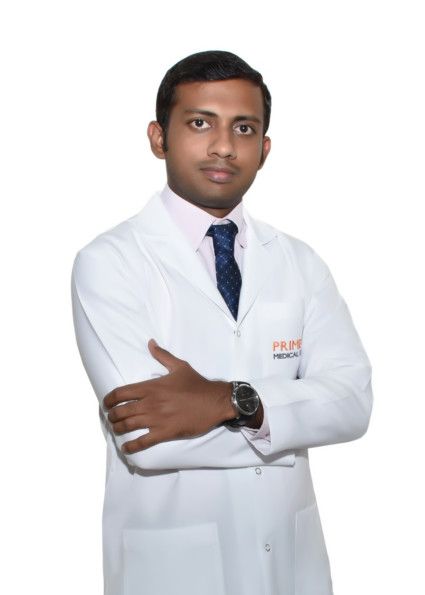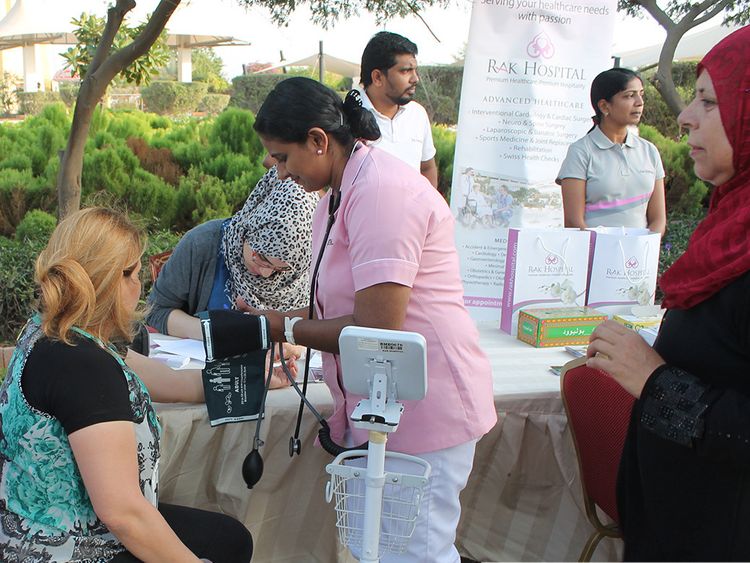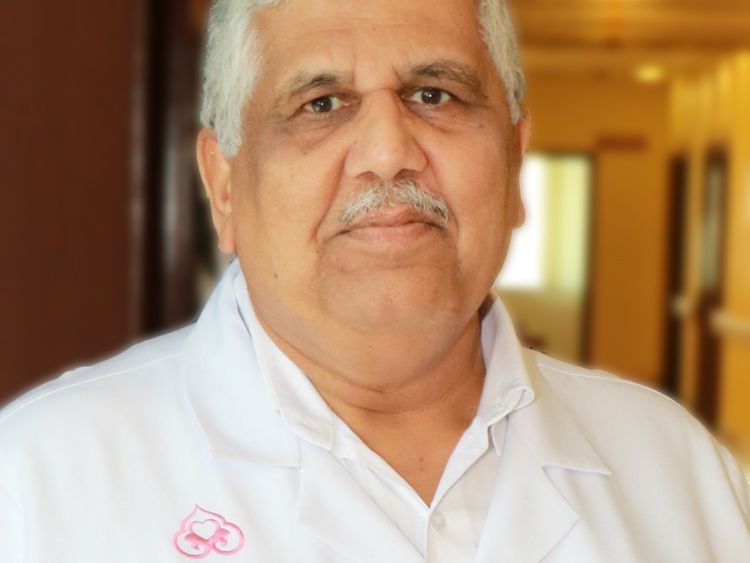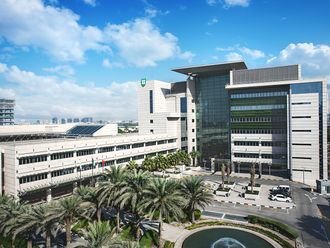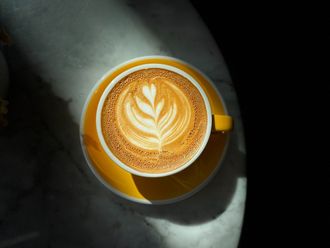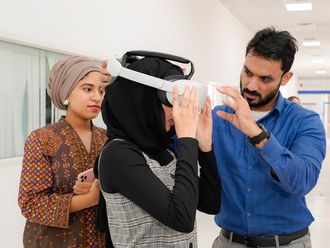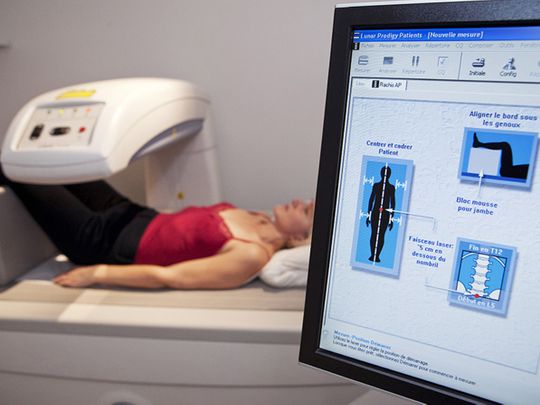
Dubai
Dubai: Very often the elderly experience painful fractures by just stepping hard on something, sneezing or even turning sides on the bed. Strange as that may sound, it’s a sign of of the bones becoming brittle, fragile and prone to breakage easily, which marks the onset of osteoporisis.
While osteoporosis may be experienced on or after the age of 60 years, the foundation for strong bones is laid by the age of 25, by when we build up our maximum bone stock. So what you eat and how active you are at a young age literally determines if you are likely to have healthy bones, said orthopaedic specialists ahead of World Osteoporosis Day on October 20.
In the UAE, the average population is still young and the real manifestation of osteoporosis will be seen by 2030 as the disease strikes older people. The International Osteporosis Foundation (IOF) has alerted that with nearly 78 per cent of the population suffering from Vitamin D deficiency and over 700 hip fractures occurring every year in the UAE, there is need to take note of the poor Bone Mineral Density ( BMD) in a large section of the population.
What is osteoporosis?
Dr Shrirang Madhusudhan Joshi, specialist arthroscopy and joint replacement at the RAK Hospital, explained: “Osteoporosis literally means porous bones which implies the minerals hollow out of the bones leaving them fragile and prone to fractures, especially of the hip, spine and wrist, and thereby reducing life expectancy.” According to the IOF, fractures of the hip and spine usually impact the quality of life and also mortality. It is estimated that 30 per cent of people who suffer hip fractures succumb to it while 30 per cent suffer disability.
How does osteoporosis occur?
Dr Madheswaran Mani, specialist rheumatologist at Prime Hospital, said: “ Our bone health has to be taken care of from a young age when the body has the capacity to build up on bone density. Human bones are a living tissue made up largely of collagen and calcium phosphate among other minerals that fill up the honeycomb structure of the tissue. Almost 99 per cent of the body’s calcium is found in our bones and teeth with one per cent in our blood.”
Dr Joshi explained: “Until the mid–twenties, the rate at which the bone mass grows is much higher than the rate at which it breaks down and is removed. That accounts for healthy bone mineral density. The body requires serum calcium for ideal heart health and if one is deficient in calcium, it is taken from the bones to maintain equilibrium for the sake of heart health. That is why stores of calcium need to be replenished.”
Poor lifestyle, smoking and poor nutrition results in calcium deficiency and poor bone health as the calcium is taken out from bones to serve the needs of the body, explained Dr Joshi.
Harmonal changes
Harmonal changes are a key contributor to osteoporosis. A drop in estrogen among females at menopause and drop of testosterone in men can cause rapid BMD loss. “Women are more at risk as they lose bone mass during pregnancy while nurturing another life in their womb and must take care to replenish the calcium they lose through many pregnancies,” said Dr Joshi
Besides that, a severe deficiency of Vitamin D which helps absorption of calcium in the bones can cause this. Dr Joshi advised: “It is difficult for patients to actually sit in the early morning sun with maximum skin exposure to absorb sunlight. The body requires 500 International Units (IU) of Vitamin D per day. So we prescribe a tablet of 10,000 IU once a week to meet vitamin D requirements.”
The younger generation can also be at risk. Dr Mani said, “In rheumatism, patients are prescribed steroids to stop inflammation of joints. This slows down bone buildup at a younger age too and people as young as 25 and 30 years report frequent fractures. I have patients come in with fradctures at the age of 30 after having taken steroids for three-six months. In these cases, when we start treatment with sterioids we inject the patient with medicines to slow down bone resorpotion (break up) as a prophylactic (preventive). One injection protects the patient for a year and that protects their bone density.”
Effect of smoking
Smoking is another major trigger for osteoporosis. It reduces the blood supply to the bones and to many other body tissues. Nicotine slows production of bone-producing cells, called osteoblasts, and decreases the body’s absorption of calcium, vital to bone health.
It is advisable that every individual above 30 goes in for a bone scan once a year to keep track of his bone health and seek intervention to reverse low bone density. Dr Mani said, “If one has a family history of fractures, or has been a patient of rheumatoid arthritis, he or she may have a genetic predisposition test and should undergo annual bone density scans.”
Can osteoporosis be reversed?
If caught early through the DEXA scan for bone density, one can reverse osteopenia which marks the early stages. Otherwise, once osteoporosis sets in doctors prescribe drugs that suppress bone resorption and stimulate bone deposition along with diet and lifestyle changes to prevent fractures and manage osteoporosis.
Prevention is better than cure
From a young age, it is advisable to have an acitive lifestyle that includes vigorous weight bearing exercises such as walking , running, jumping, Zumba and aerobics. “Weight bearing exercises stimulate the process of bone building and increase the bone mineral density, but one must choose age appropriate exercises to avoid any muscle injuries. Younger people below the age of 60 can indulge in vigorous weight bearing exercises but older people who may already have fragile bones are advised to choose walking and yoga,” said Dr Joshi.
Along with an active lifestyle, the consumption of a diet rich in micro and macronutrients is very essential for good bone health. “Maintaining good bone health requires consumption of foods rich in calcium and proteins. A diet rich in legumes, whole grains, dairy products eggs, fish such as salmon and cod, fresh green vegetables such as spinach, moringa, fruits such as banana and apples is ideal for good bone health. One must avoid consuming aerated drinks as these leech calcium from the bones. Processed and junk food should also be avoided,” said Dr Joshi.
Bone density scan
Bone density can be ascertained by undergoing a scan. It is measured by a T score which indicates bone health. A T-score reading between 1.1- 2.5 indicates osteopenia (a stage prior to osteoporosis) and anything below -2.5 indicates full-fledged osteoporosis,” added Dr Joshi
Symptoms of poor bone health that say you need a bone scan
• Unusual tiredness and fatigue
• Muscle soreness and back pain
• Hairline fracture of the wrist or hip with acts simple as coughing or sneezing ha
*


